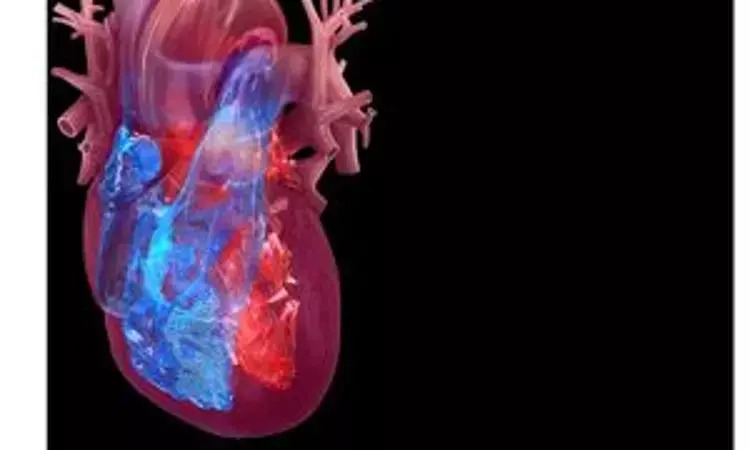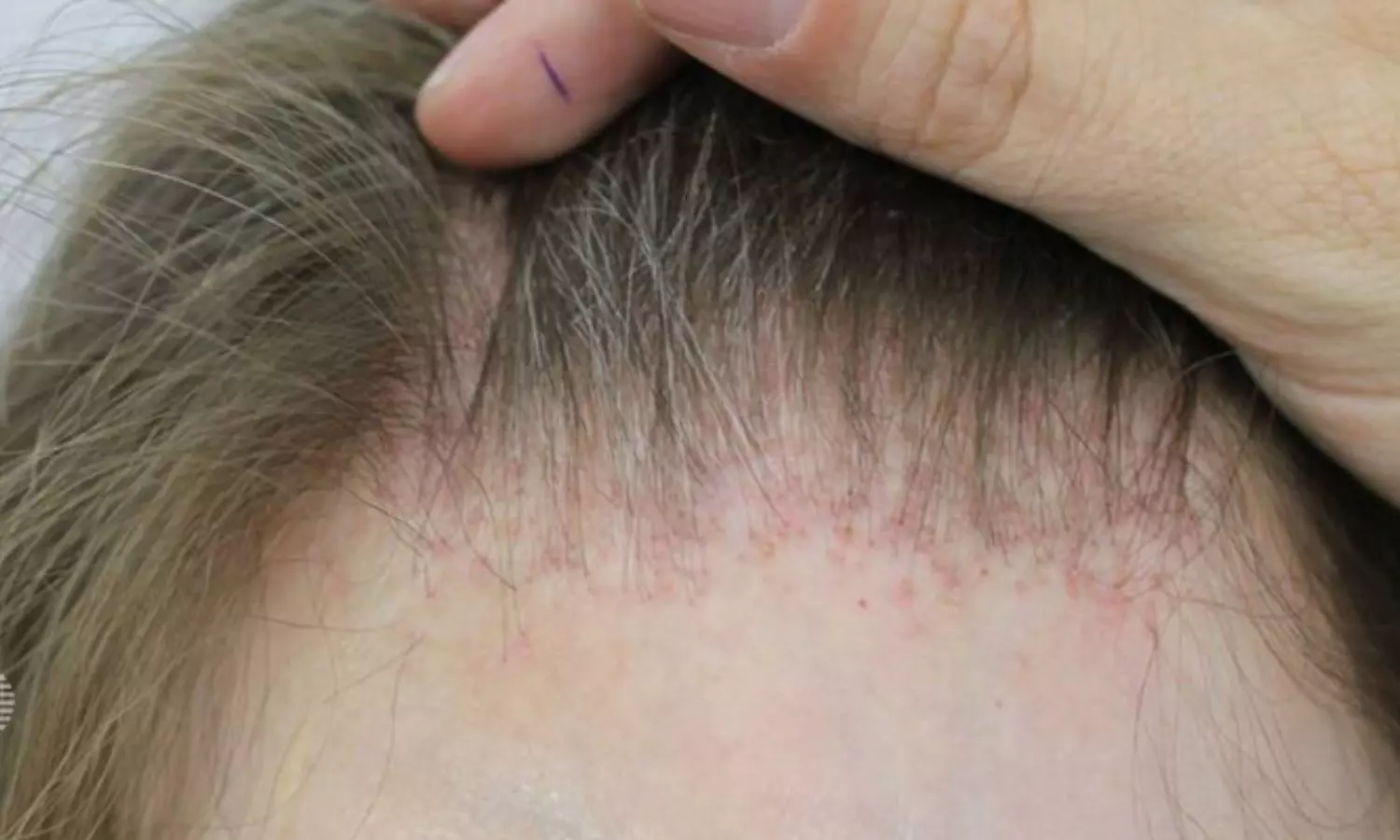- Home
- Medical news & Guidelines
- Anesthesiology
- Cardiology and CTVS
- Critical Care
- Dentistry
- Dermatology
- Diabetes and Endocrinology
- ENT
- Gastroenterology
- Medicine
- Nephrology
- Neurology
- Obstretics-Gynaecology
- Oncology
- Ophthalmology
- Orthopaedics
- Pediatrics-Neonatology
- Psychiatry
- Pulmonology
- Radiology
- Surgery
- Urology
- Laboratory Medicine
- Diet
- Nursing
- Paramedical
- Physiotherapy
- Health news
- Fact Check
- Bone Health Fact Check
- Brain Health Fact Check
- Cancer Related Fact Check
- Child Care Fact Check
- Dental and oral health fact check
- Diabetes and metabolic health fact check
- Diet and Nutrition Fact Check
- Eye and ENT Care Fact Check
- Fitness fact check
- Gut health fact check
- Heart health fact check
- Kidney health fact check
- Medical education fact check
- Men's health fact check
- Respiratory fact check
- Skin and hair care fact check
- Vaccine and Immunization fact check
- Women's health fact check
- AYUSH
- State News
- Andaman and Nicobar Islands
- Andhra Pradesh
- Arunachal Pradesh
- Assam
- Bihar
- Chandigarh
- Chattisgarh
- Dadra and Nagar Haveli
- Daman and Diu
- Delhi
- Goa
- Gujarat
- Haryana
- Himachal Pradesh
- Jammu & Kashmir
- Jharkhand
- Karnataka
- Kerala
- Ladakh
- Lakshadweep
- Madhya Pradesh
- Maharashtra
- Manipur
- Meghalaya
- Mizoram
- Nagaland
- Odisha
- Puducherry
- Punjab
- Rajasthan
- Sikkim
- Tamil Nadu
- Telangana
- Tripura
- Uttar Pradesh
- Uttrakhand
- West Bengal
- Medical Education
- Industry
Thoracic endovascular aortic repair may not reduce mortality in uncomplicated type B aortic dissection

A new study found that Thoracic endovascular aortic repair that is being used for uncomplicated type B aortic dissection could not reduce mortality or morbidity over 5 years. The study results were published in the journal JAMA Cardiology.
Thoracic endovascular aortic repair (TEVAR) is the standard of care for patients with complicated Type B aortic dissection (TBAD) but for uncomplicated TBAD (uTBAD), its use is uncertain. But despite the limited research, it has been increasingly used. Hence researchers conducted a study to assess if initial TEVAR following uTBAD is associated with reduced mortality or morbidity compared with medical therapy alone. Initial TEVAR was defined as TEVAR within 30 days of admission for acute uTBAD.
For the study patients aged 65 years or older with index admissions for acute uTBAD were taken from Centers for Medicare & Medicaid Services inpatient claims data. The study was carried out from January 1, 2011, to December 31, 2018, with follow-up available through December 31, 2019. All-cause mortality, cardiovascular hospitalizations, aorta-related and repeated aorta-related hospitalizations, and aortic interventions associated with initial TEVAR were the main outcomes of measurement. Propensity score inverse probability weighting was used.
Results:
- Of 7105 patients with eligible index admissions for acute uTBAD, 1140 (16.0%) underwent initial TEVAR and 5965 (84.0%) did not undergo TEVAR.
- Of those who underwent initial TEVAR had a median age, of 74 years and there were 623 [54.6%] females.
- Among those who did not undergo TEVAR median age was 76 years, and there were 3344 [56.1%] females.
- Receipt of TEVAR was associated with the region, Medicaid dual eligibility, hypertension, peripheral vascular disease, and year of admission.
- Along with mortality aorta-related hospitalizations, aortic interventions, and cardiovascular hospitalizations were similar for the 2 strategies up to 5 years after inverse probability weighting.
- In a sensitivity analysis that included deaths within the first 30 days, initial TEVAR was associated with lower mortality over 1 year, 2 years, and 5 years.
Take-home points:
- Within 30 days of uTBAD,16.0% of patients underwent initial TEVAR, and receipt of initial TEVAR was associated with hypertension and peripheral vascular disease.
- Improved mortality or reduced hospitalizations or aortic interventions over 5 years was not seen in initial TEVAR.
- Lower mortality with initial TEVAR was seen within the first 30 days through a sensitivity analysis.
- Further studies which analyze the cost-effectiveness and quality of life should be done in larger populations.
To read more, click here: Weissler EH, Osazuwa-Peters OL, Greiner MA, et al. Initial Thoracic Endovascular Aortic Repair vs Medical Therapy for Acute Uncomplicated Type B Aortic Dissection. JAMA Cardiol. Published online November 05, 2022. doi:10.1001/jamacardio.2022.4187
BDS, MDS
Dr.Niharika Harsha B (BDS,MDS) completed her BDS from Govt Dental College, Hyderabad and MDS from Dr.NTR University of health sciences(Now Kaloji Rao University). She has 4 years of private dental practice and worked for 2 years as Consultant Oral Radiologist at a Dental Imaging Centre in Hyderabad. She worked as Research Assistant and scientific writer in the development of Oral Anti cancer screening device with her seniors. She has a deep intriguing wish in writing highly engaging, captivating and informative medical content for a wider audience. She can be contacted at editorial@medicaldialogues.in.
Dr Kamal Kant Kohli-MBBS, DTCD- a chest specialist with more than 30 years of practice and a flair for writing clinical articles, Dr Kamal Kant Kohli joined Medical Dialogues as a Chief Editor of Medical News. Besides writing articles, as an editor, he proofreads and verifies all the medical content published on Medical Dialogues including those coming from journals, studies,medical conferences,guidelines etc. Email: drkohli@medicaldialogues.in. Contact no. 011-43720751




